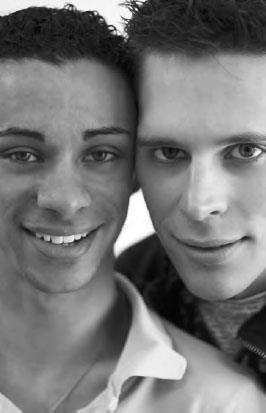The Psychology of Everyday Life:Love, Marriage, and the Baby CarriageSexual Orientation |
Is sexual orientation a category or a continuum? |
In recent years there has been a considerable increase in the research into sexual orientation. With this work has come much controversy as to the nature, stability, and even existence of sexual orientation. For our purposes, sexual orientation refers to the gender toward which a person’s characteristic patterns of sexual attractions, fantasies, and behavior are oriented. It is important to consider someone’s sexual attractions and fantasies in addition to their sexual behavior because external constraints have more direct influence on behavior than on internal psychological processes. For example, men in prison who have no access to women may engage in sex with other men even though their primary attraction is to women. Likewise, people may marry because of social expectations although their primary sexual desires and fantasies involve members of the same sex.
There is some controversy in the research literature as to whether sexual orientation exists as discrete categories or as a continuum. In other words, can we classify people into heterosexual, homosexual, or bisexual categories or do people vary along a continuum ranging from heterosexual to homosexual? Although there is a fair amount of evidence that people do not fall into absolute categories and some capacity for bisexual feelings, thoughts, or behavior exists in many people, there is other evidence that most people fall largely on one or the other side of the continuum. Recent studies suggest, however, that this distinction may be more clear-cut for men than for women.

